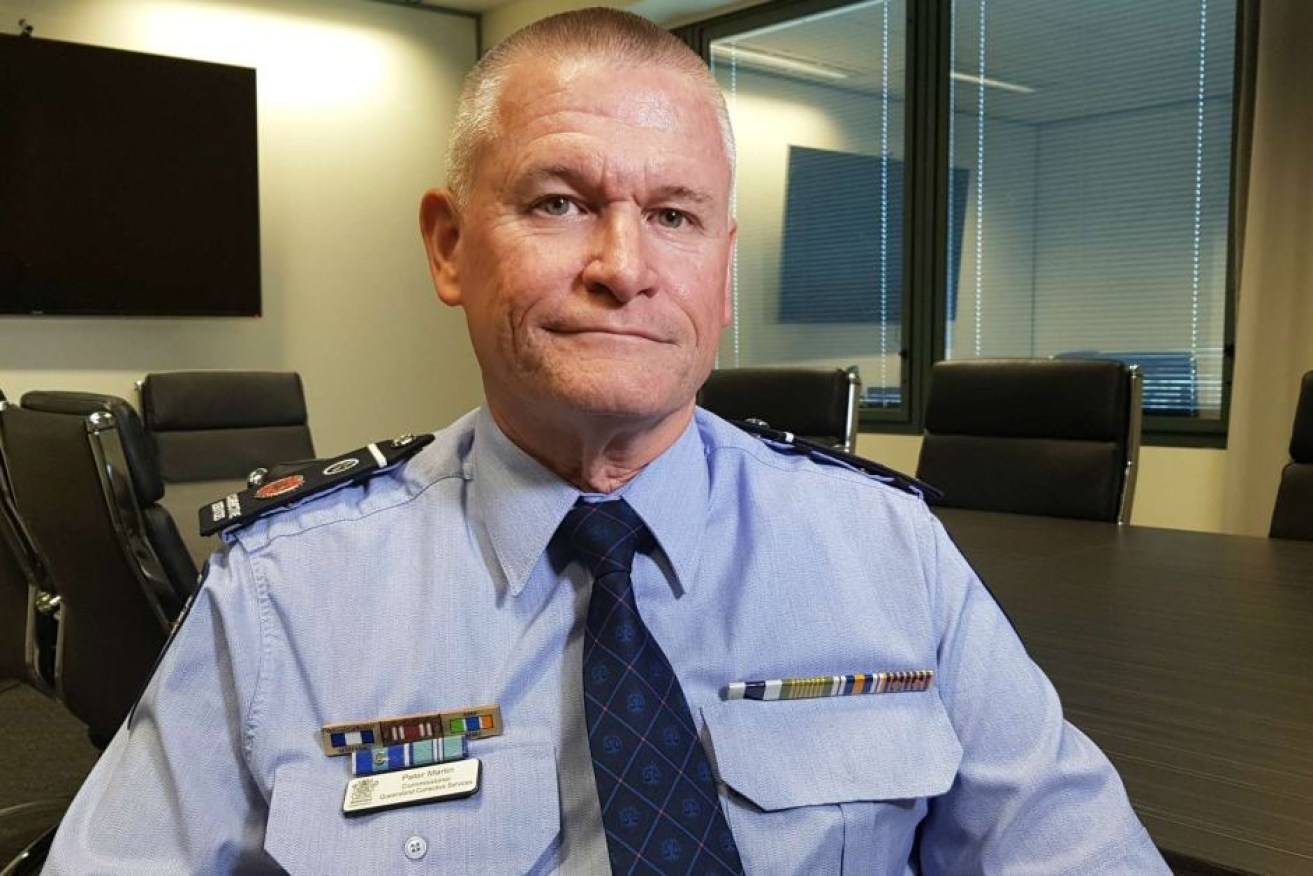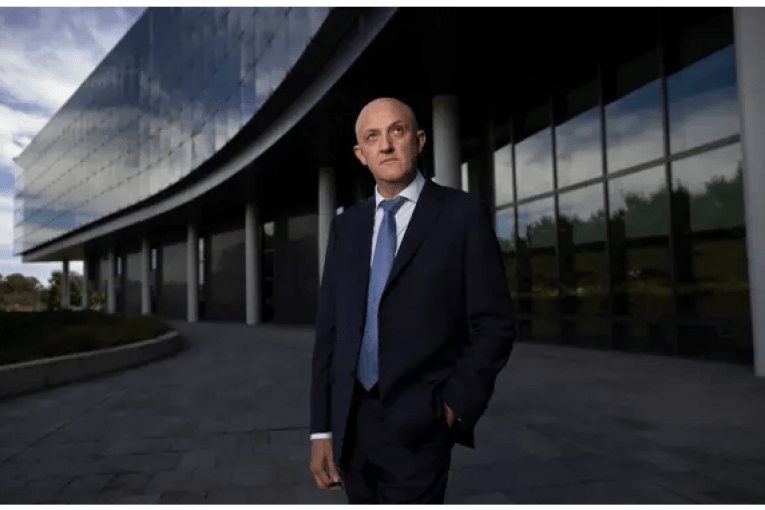The inside story: How Queensland locked the virus out of our crowded prisons
Bad news from overseas, no contact visits, and no contraband made the “temperature” rise inside Queensland prisons. Corrective Services Commissioner Peter Martin explains how the system responded.

Corrective Services Commissioner Peter Martin. (Photo: ABC image)
Martin, a former police officer, believes it was early February when he first recognised the potential impact of the novel coronavirus on prisons. But at the time, Martin was simply making policy and practice comparisons in his head, drawing from the Chinese alone, running through scenarios of what might happen if a such an outbreak ever occurred in Queensland.
“This was just a theoretical contemplation of what was unfolding, never believing for one minute that the threat environment would escape Wuhan and China and then be a global pandemic,” Martin told InQueensland.
The virus SARS-CoV-2, and its disease COVID-19, spread quickly. Some overseas prisons were hit particularly hard, with high infection rates and rising death tolls (prisoners were sitting ducks). This news was quick to filter through to Martin – and also Queensland prisoners themselves, who were aware of the threat to themselves and their families.
Outside, Queenslanders were quick to abide by social distancing, but that is difficult in a prison system running at 130 per cent of its capacity, where prisoners are to be denied personal freedom. Martin also has no direct control over the number of people being incarcerated, meaning the numbers can easily swell, adding pressure on everyone.
“To encounter a one-in-100 year pandemic, at this juncture, when the prison infrastructure is at capacity, is really difficult and adds a degree of complexity infinitely,” Martin said.
“So yes, the timing was really bad.”
Martin knew he had to look out for his staff and more than 9,000 prisoners and their families – not to mention some 21,000 people still going through the courts under his watch. The walls were seemingly closing in, and comparisons were being made not only with prisons overseas but also aged care centres and cruise ships – similarly confined spaces housing vulnerable people (prisoners have higher rates of chronic illness and the population is also ageing).
In response, prison visits were banned, not only from family members but also lawyers, even prison chaplains. Martin said this understandably caused tension, particularly when it also served to eliminate contraband entirely.
“The prisons were completely dry of any illicit substances, particularly drugs, and they (prisoners) were acting out, particularly new entrants,” Martin said.
There were protests, riots, and in this period even deaths in custody, though they remain under investigation. To retain control, Martin had to ensure an appropriate staffing level but also prevent staff infecting prisoners or prisoners infecting staff. It would only take one sick outsider to bring the virus into a prison for a potential catastrophe to occur. As a result, every staff member is now questioned, and has their temperature checked, before every shift.
To date, no Queensland prisoners have tested positive but the threat remains. Martin notes that Victoria recently reported a prisoner having the infection, amid the state’s worsening outbreak.
“We have had a couple of staff members who have tested positive but we have acted really quickly, we’ve absented those people from the workplace, we’ve closed down, we’ve contact traced, we’ve forensically cleaned the areas that they had access to, we’ve locked down prisoners and other staff members from further cross contamination and we’ve worked really prodigiously to keep it out of the system,” Martin said.
In an effort to restore order, and bring some calm, prisoners were offered access to tablet computers and teleconference facilities to keep in contact with family members.
“It was really important for the temperature of the prison to make sure that we lowered that by giving visits in another way,” Martin said, adding that many prisoners also wanted to keep their loved ones safe.
Recently, corrective services re-introduced some physical visits, but strictly one-on-one and with 1.5m distancing. Martin suggests some prisoners would prefer not to be restricted in such a way, and might continue with virtual visits, recalling a young prisoner he noticed recently conducting a video call with his partner, two young children and dog.
That is not the only way in which prisoners’ contact with the outside world has gone online: interaction with lawyers and the courts is now more likely to occur remotely.
Queensland’s Chief Justice, Catherine Holmes, previously told InQueensland of having to help mitigate the risk to corrective services by relieving prisoners of their responsibility to front up in person. Martin paid tribute to her consideration and support in introducing technology to allow virtual communication with courts.
“Not all that has happened with COVID-19 has been bad,” Martin said.
“What it did, for us, was it really accelerated, I would think conservatively, three years of planning and development for a whole range of technologies into about three weeks. It really was an enabler for innovation, to bring in a lot of things that otherwise would have been a long, laborious, difficult process.”
Martin said he hoped those new practices had “a life long beyond the COVID-19 response and recovery”. He has expressed similar hopes for future cooperation between police, corrective services and the courts, believing it crucial to keeping people out of jail and from returning to jail, improving law and order in the process.












